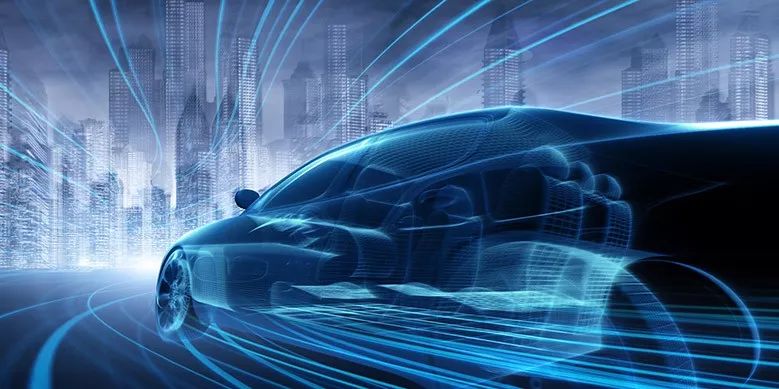LiDAR (Light Detection and Ranging), often likened to the human eye, is a sophisticated sensor capable of detecting the precise position of objects. By emitting laser signals towards a target and calculating the distance based on the time it takes for the reflected signals to return, LiDAR determines the relative position of objects with high accuracy. Let’s explore the essential roles LiDAR plays across different industries.
LiDAR in Autonomous Driving
In the realm of autonomous driving, LiDAR is a crucial component, especially in the form of multi-line LiDAR. It enables vehicles to autonomously sense road environments, plan driving routes, and control the vehicle to reach predefined targets. Utilizing Time-of-Flight (ToF) technology, LiDAR calculates the relative distance to obstacles by measuring the time taken for laser pulses to bounce back after hitting an object. This data forms a point cloud that creates a detailed 3D map of the environment, offering centimeter-level precision and significantly enhancing measurement accuracy.

LiDAR in Robotic Applications
In robotics, LiDAR has emerged as the core sensor for mobile robots due to its excellent directionality and high focus. It is currently the most stable and reliable positioning technology. For mobile robots, LiDAR acts as their “eyes,” continuously scanning to gather 2D spatial data. Paired with Simultaneous Localization and Mapping (SLAM) technology, it helps robots achieve autonomous positioning, map construction, and path planning. For instance, in robotic vacuum cleaners, LiDAR combined with SLAM algorithms enables intelligent cleaning by mapping the room in real-time and transmitting this information to a mobile app, allowing users to monitor and schedule cleaning tasks remotely.
LiDAR in Touch Interaction and Beyond
Beyond distance measurement, LiDAR enables multi-point interactive functions on various surfaces, including walls, floors, tables, and irregular objects, facilitating touch and even non-contact interactive operations. Applications include:
- Wall Projection Interactive Games: Using LiDAR, large screens on walls can host interactive games, responding to players’ movements and inputs.
- Non-Contact Interaction: LiDAR allows for gesture-based interactions, such as controlling devices with hand movements.
- Interactive Exhibits: Museums and exhibitions use LiDAR to create engaging and interactive displays that respond to visitor movements.
Summary
LiDAR technology is revolutionizing various industries by providing precise environmental mapping and interactive capabilities. Its roles in autonomous driving, robotics, and interactive applications demonstrate its versatility and critical importance. As technology advances, LiDAR will continue to unlock new possibilities and enhance the functionality of systems across different fields.
FAQ
Q: What makes LiDAR indispensable for autonomous driving?
A: LiDAR provides high-resolution 3D mapping of the environment, essential for precise obstacle detection and route planning, which are critical for safe and effective autonomous driving.
Q: How does LiDAR compare to traditional radar in robotics?
A: LiDAR offers greater precision and detail, enabling more accurate mapping and navigation, which are vital for the autonomous operation of robots.
CPJ Robot specializes in developing LiDAR and autonomous navigation robots. We offer customized solutions tailored to your needs. For more information, visit our website and contact us today!






